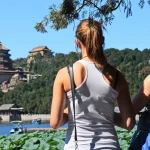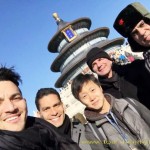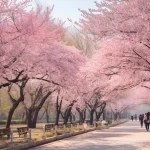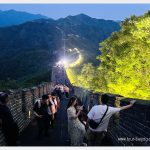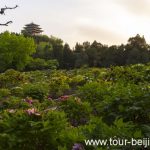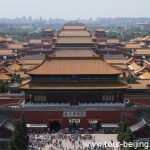How to visit Kuan Alley and Zhai Alley in Chengdu
Plan your Chengdu tour? When night falls, It is advisable to have a leisure walk in the old area of the three alleys, namely Kuan Alley, Zhai Alley and Jing Alley in the downtown Chengdu. These three alleys combined are often called “Kuan Zhai Xiang Zi” in Chinese. The meaning of Kuan Zhai Xiang Zi…
